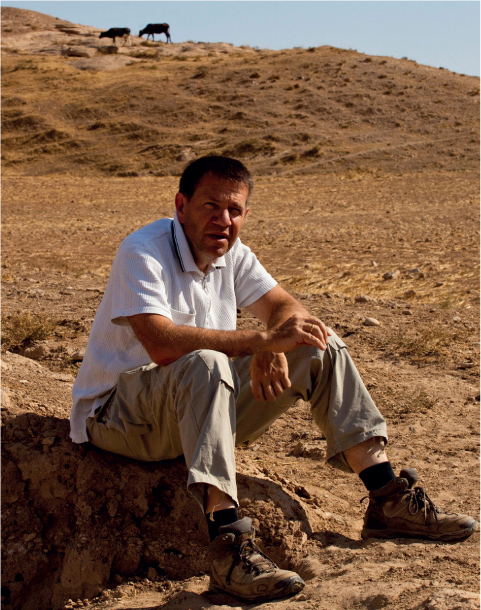RESEARCH FOCUS
The history and culture of Mesopotamia in the 2nd millennium BC.
Towards the end of the 3rd millennium BC, writing grew in popularity, and
in the following millennium it became even more popular.
The extant texts reflect not only an institutional but also a private level of economy and society. This development provides a new and important body of evidence and is the basis for the main difference in available sources between the 3rd and 2nd millennium BC.
The subsistence economy of Northern Mesopotamia.
Numerous excavations in the northern part of Mesopotamia during the last decades provided not only a flow of information on culture, but also on economy of ancient societies of the region. Research on paleobotanical samples, on animal bones, and more and more often used scientific analysis provided numerous new data allowing to reconstruct more precisely the subsistence economy of Mesopotamian cities and villages.
Mesopotamian trade of the 2nd millennium BC.
Long distance trade was a must for Mesopotamians, living in a country deprived of resources, especially of metals, and of good quality wood and stone. They were transported to southern Mesopotamia as early as in the 6th millennium BC. Since the terminal century of the 3nd millennium BC rich archival sources allow a deeper insight into the organization of trade and of the whereabouts of merchants.
Iconological approach to the Mesopotamian art.
Iconology provides a deeper understanding of art works, seeing them not only as simple products but putting them into a framework of changing social organization, ideology, religion, etc. This approach is to rarely applied to Mesopotamian art, mainly because of limited interest of the field among professional art historians.
CAREER
2020
professor, Faculty of Archaeology, AMU
2008-2019
director of Department of Mediterranean
Civilizations, Institute of Prehistory, AMU
2005-2020
associate professor, Institute of Prehistory, AMU
2002
habilitation, Institute of Prehistory, AMU
book: Mesopotamian dimātu of the Second Millennium BC,
British Archaeological Reports, International Series 1004,
Oxford: Archaeopress 2002, XI+223 p.
1999 – 2005
assistant professor, Institute of Prehistory, AMU
1998
PhD in archaeology, Faculty of History, University of Warsaw
thesis: Upper Tigris Valley during the Middle Bronze Age
1990
absolved in Akkadian and Hittite languages, Institute of Oriental Languages, University of Warsaw
1985
MA in archaeology, Institute of Archaeology, University of Warsaw
thesis: Cultural monograph of the Western Anatolia
during the Early Bronze Age


